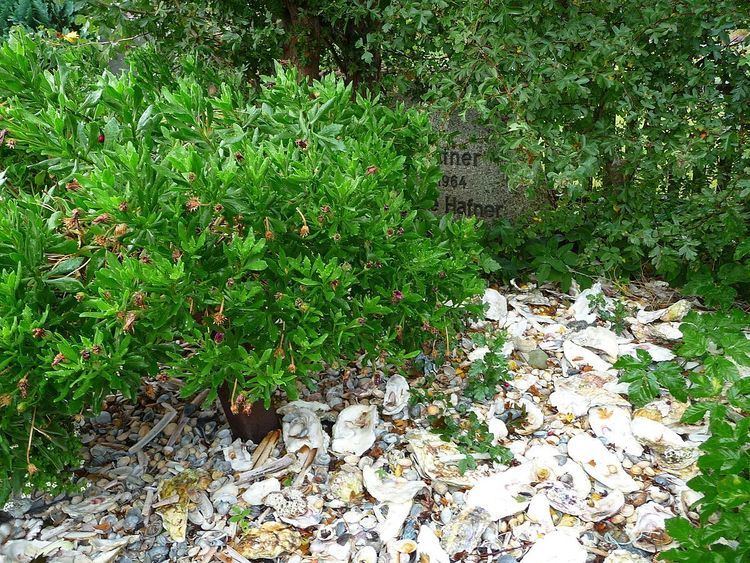Died 21 November 1964 | ||
 | ||
Fritz hafner malt wald bei wickersdorf bilderrestaurierung k ln
Fritz Hafner (10 December 1877, Vienna, Austria – 21 November 1964, Juist, Ostfriesland, West Germany) was an Austrian-German painter and visual arts educator.
Contents
Life
Hafner had developed, as a pupil, a soft spot for all manifestations of nature, trying to capture what perceived him with impressions of the landscape and the fauna, especially wild flowers with brush and the color in the image. Ever since then, when he had reached his limits as an amateur, he decided to learn sound painting. At the age of 19 years, he applied for a place at the State Academy of Fine Arts in Stuttgart and studied for eight years with Carlos Grethe, Jakob Grünenwald, Robert von Haug, and Franz Herterich, and also with Wilhelm Steinhausen in Frankfurt. Due to good performance, he received a scholarship for both a studio and a hotel as well as a six-month period of study in Italy.
The Art Academy taught, at that time, in accordance with techniques that aimed to empower aspiring artists to paint pictures for exhibitions. Hafner, however, was not compliant. It took years before he succeeded to break it. He made due with a return to the origins of his early passion. While his colleagues turned to the turn of the 19th and 20th centuries and mainly modern styles, Hafner sought and found his artistic satisfaction and fulfillment with a natural display of flowers and landscapes. His love of Far Eastern painting also served as an inspiration.
In 1907, he moved from Stuttgart to Thuringia, at an outdoor school community in Wickersdorf to act as an art and science teacher, which was his first job. Together with the reform of educators and principals Martin Luserke and other fellow teachers, such as Rudolf Aeschlimann and Paul Reiner, he moved, in 1925, to the North Sea island of Juist, near the "Schule am meer", a reform school that was ran as a boarding school. Just as previously in Wickersdorf, he worked in Loog Juist as an art and science teacher. By that point, he became fascinated with the hilly landscape of Württemberg, Thuringia, and Italy, and their flora and the process of painting a shoal at the Wadden Sea. He painted there, with his paintings being characterized for their finely nuanced watercolor.
After the school had, in 1934, closed due to economic and political reasons, Hafner was the only former teacher in the quorum, where he remained in Loog. With his wife Christel and their three children, he was forced by the loss of his income to give images of his work on well-known exhibitions in major cities in Germany and to sell them if possible. This proved to be a difficult struggle, as he had to carry them with him, and also because he painted really only for himself and not with commercial interest. He therefore hardly could be separated from his works.
The Natural History Teaching Aids, a collection of Schule am meer, was presented by Hafner around 1934/1935 and was a small museum on the island of Juist with his exhibits on display. He agreed with the idea and gave him the management of the museum, which he led, from 1934 to 1953, and also his paintings continued to expand. His love for the various types of mussels and snails, he devoted a book in which he had referred the extensively described.
Hafners' approximately 1,000 images (watercolors, drawings, oil paintings and sketches) are partly privately owned; The vast majority, however, are at the Küstenmuseum in Juist. Hafner is buried next to his wife in the cemetery in Hage in east Friesland.
Works
Honors
In 1947, while living in the eastern Friesland countryside, he was awarded for his lifetime achievements.
